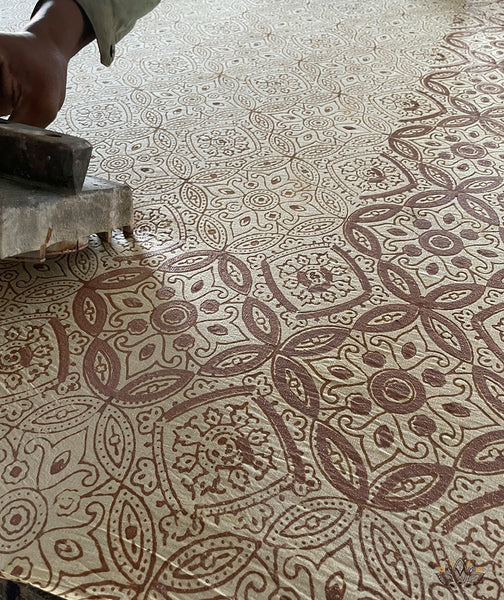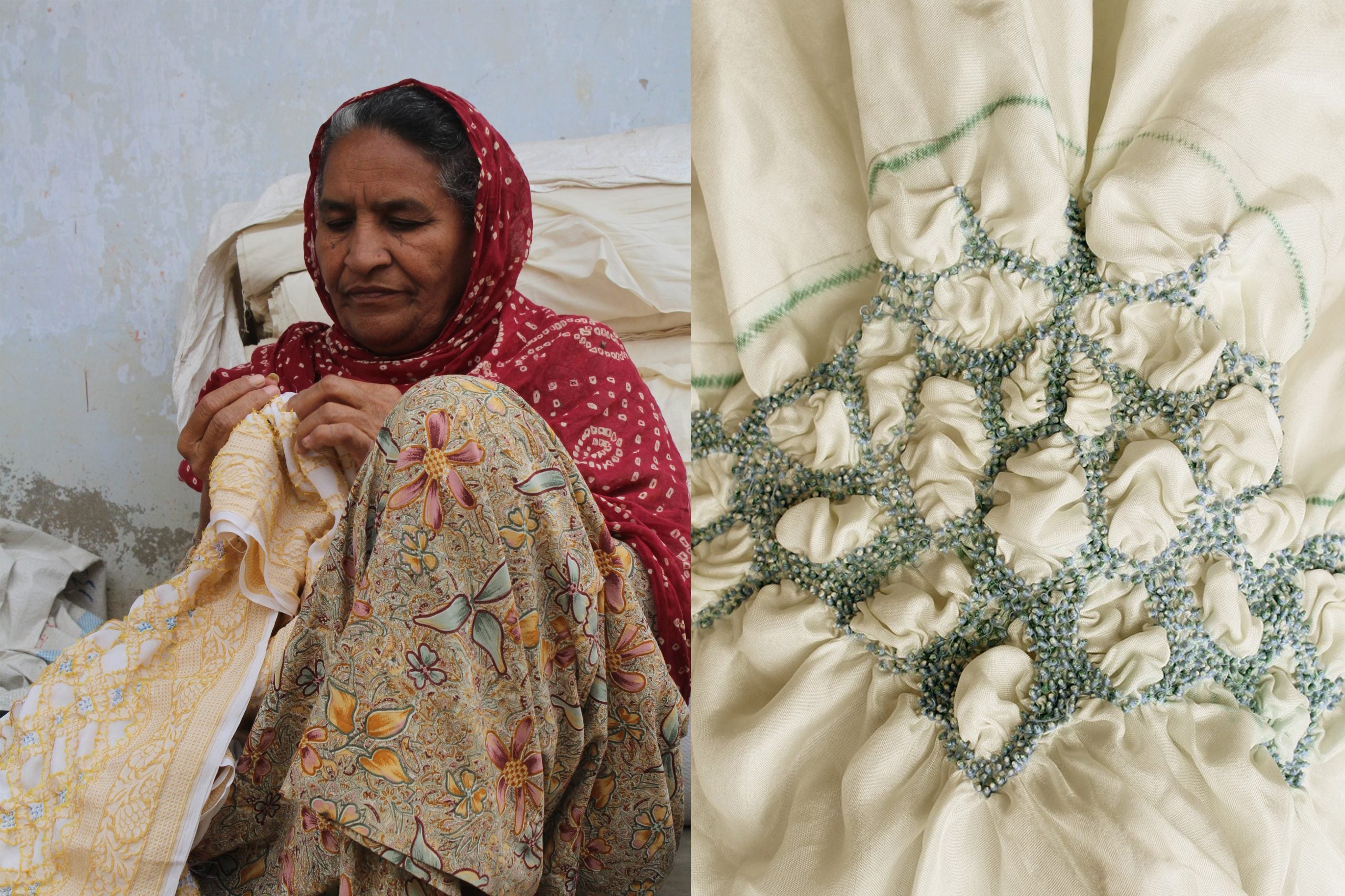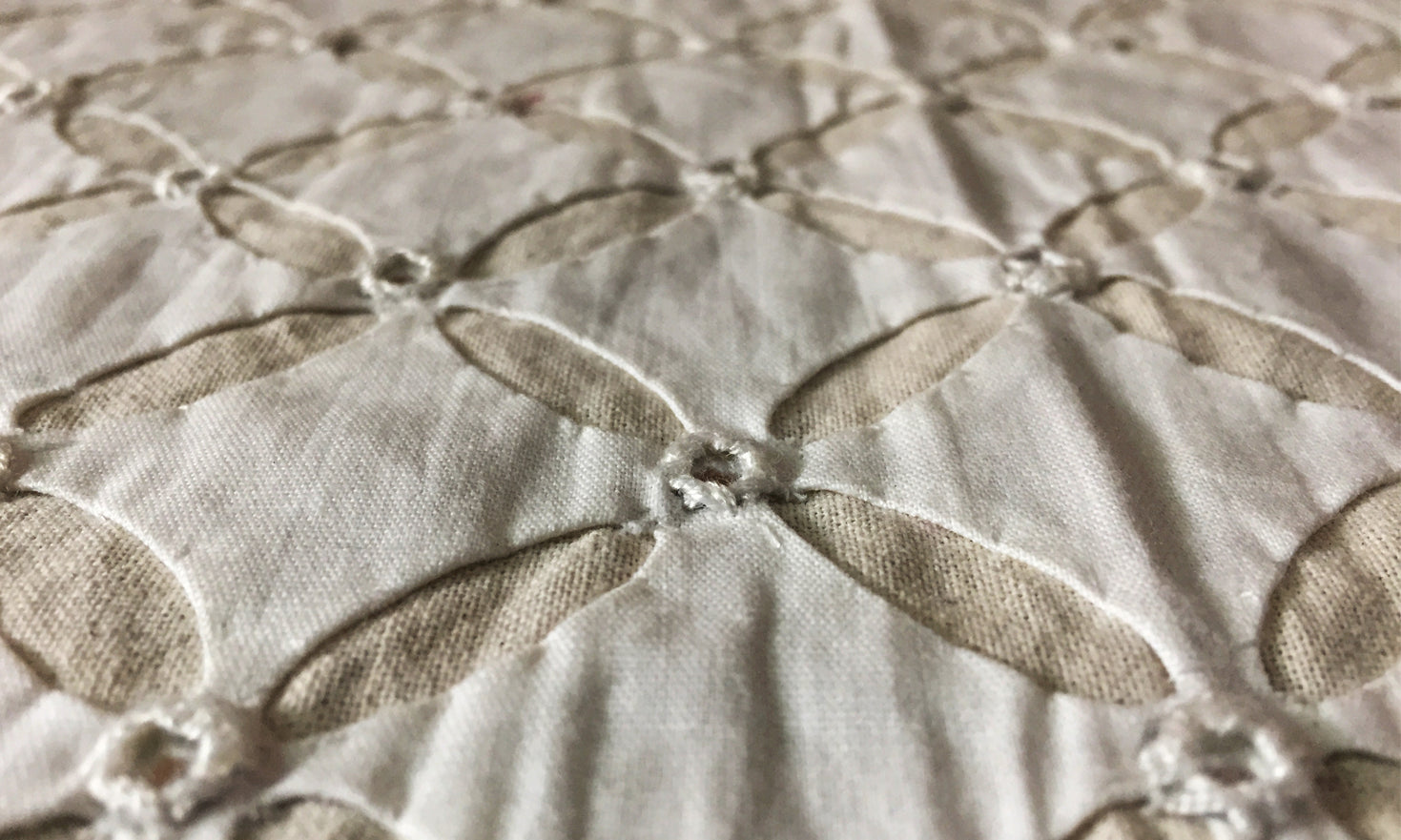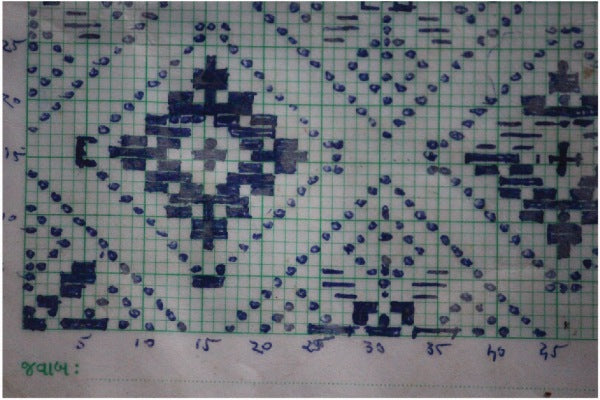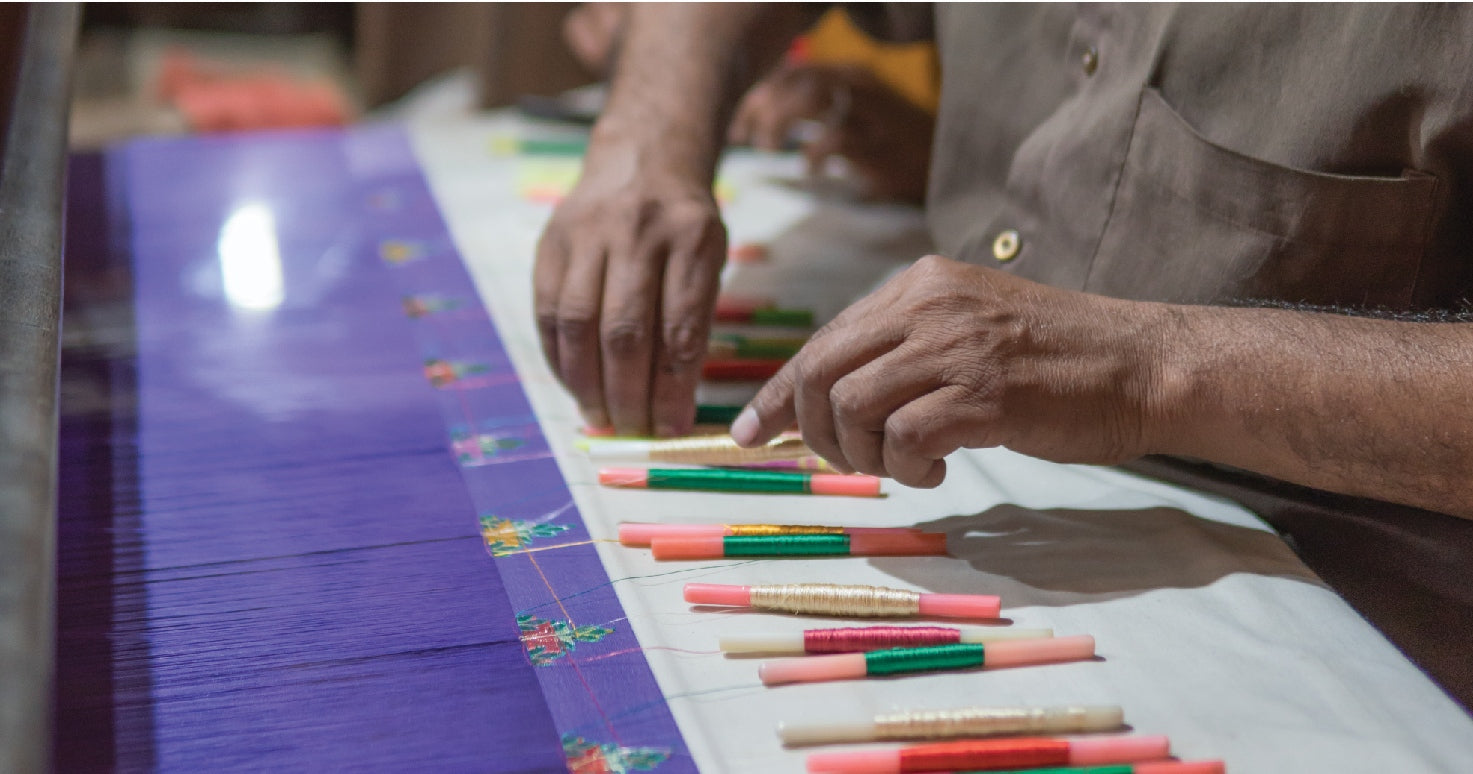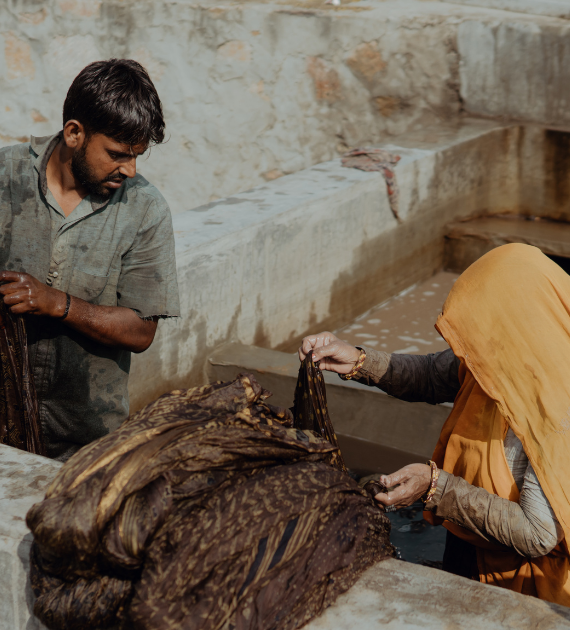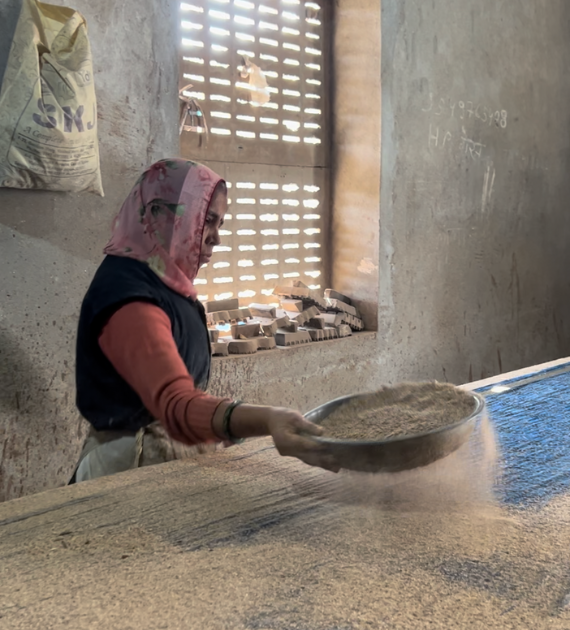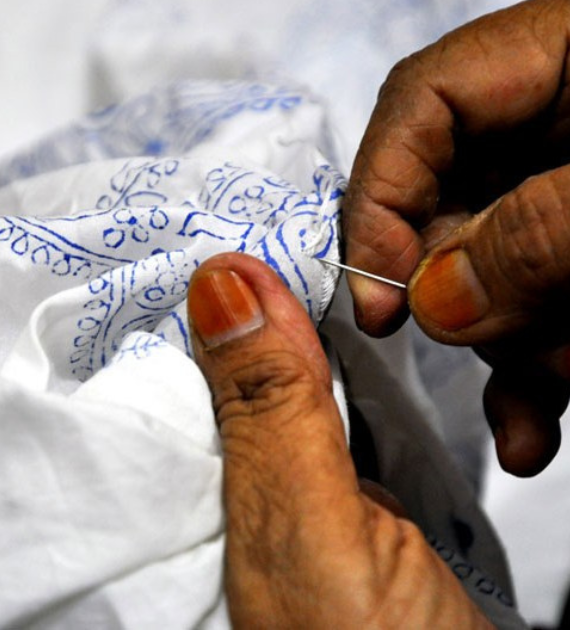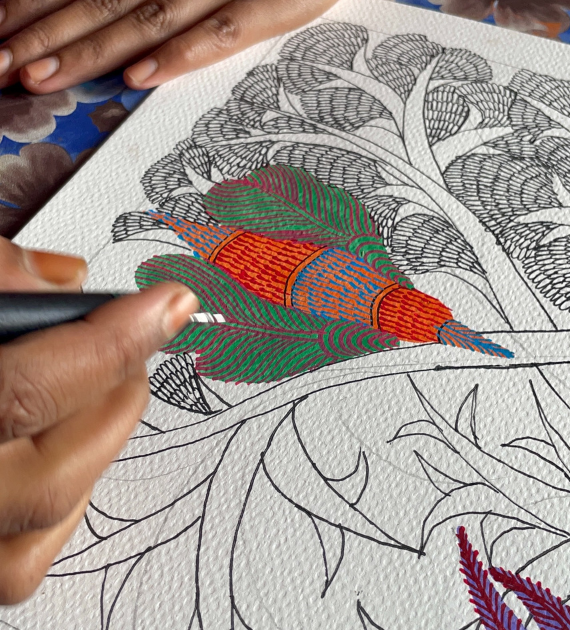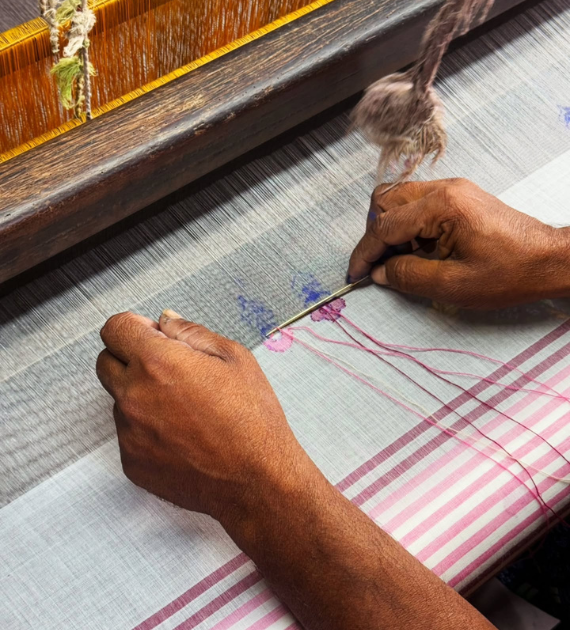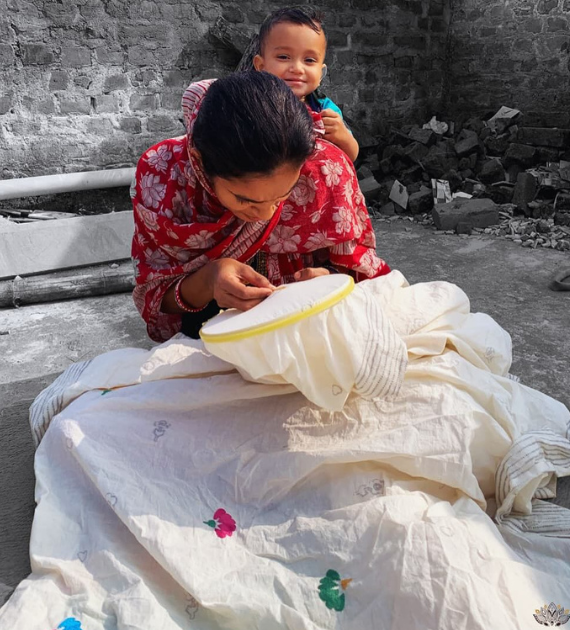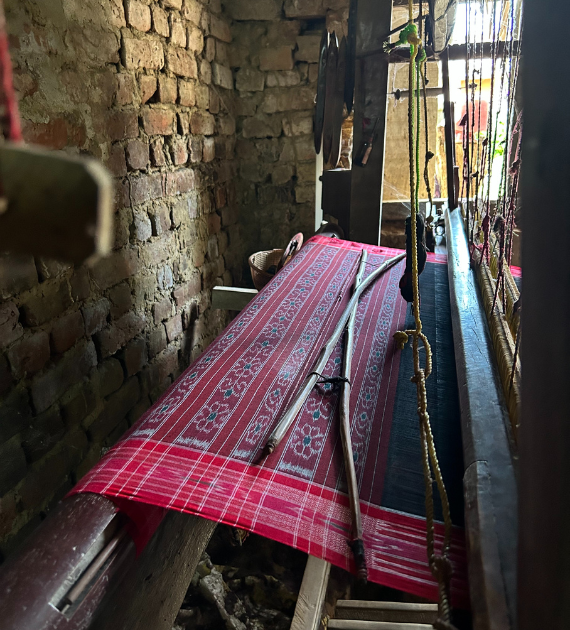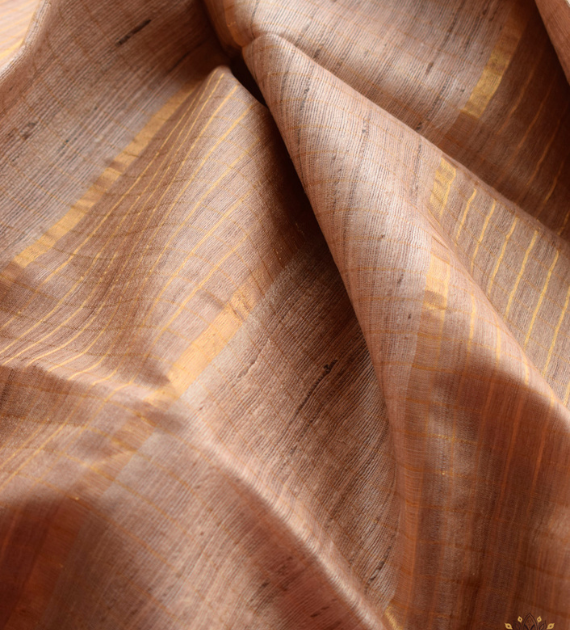Sort by:
Silk Single Ikat Patola Saree
Rs. 17,600.00
Silk Semi Double Ikat Patola Saree
Rs. 31,900.00
Silk Semi Double Ikat Patola Saree
Rs. 31,900.00
Silk Semi Double Ikat Patola Saree
Rs. 31,900.00
Silk Semi Double Ikat Patola Saree
Rs. 31,900.00
Silk Semi Double Ikat Patola Saree
Rs. 31,900.00
Silk Semi Double Ikat Patola Saree
Rs. 31,900.00
Silk Semi Double Ikat Patola Saree
Rs. 31,900.00
Silk Single Ikat Patola Saree
Rs. 17,600.00
Silk Single Ikat Patola Saree
Rs. 17,600.00
Silk Single Ikat Patola Saree
Rs. 17,600.00
Silk Single Ikat Patola Saree
Rs. 17,600.00


